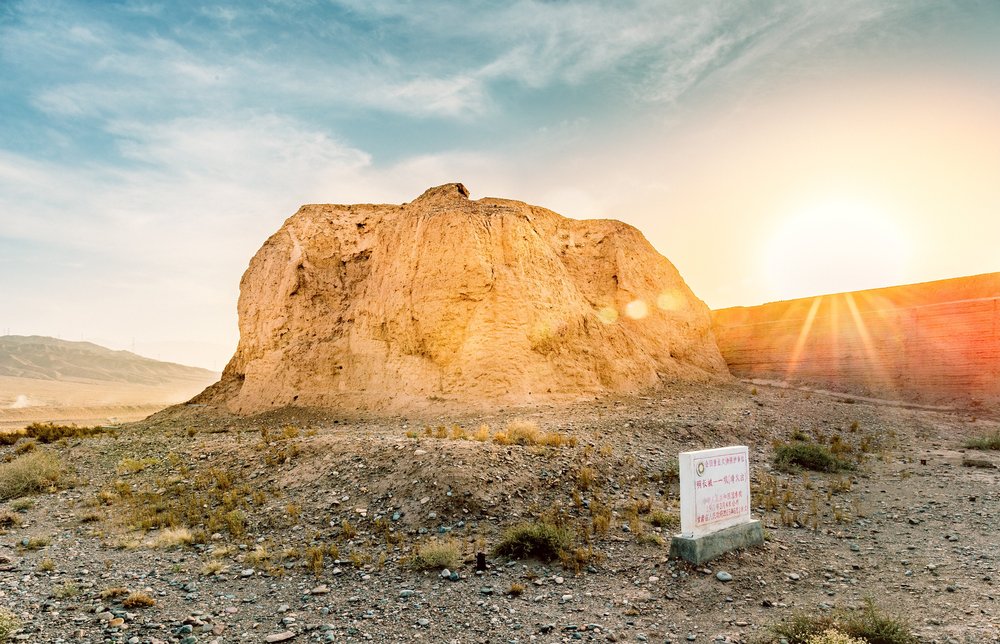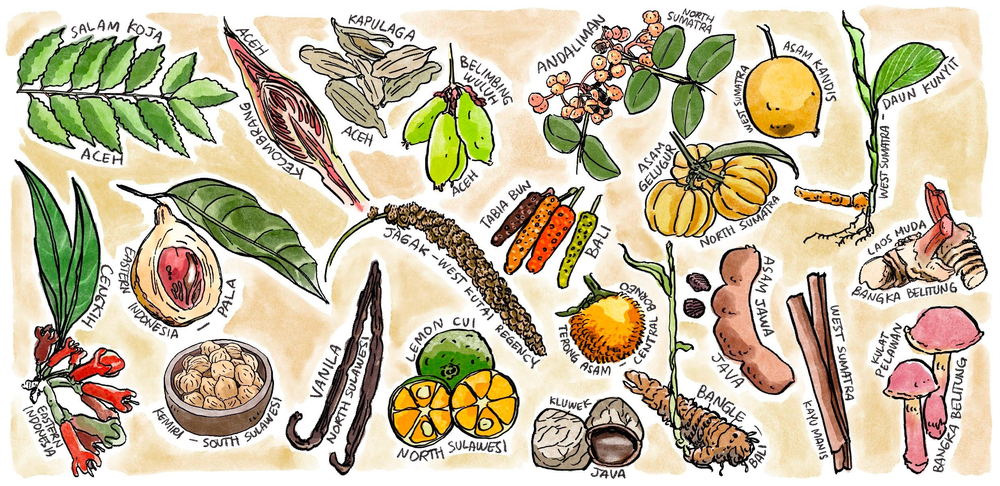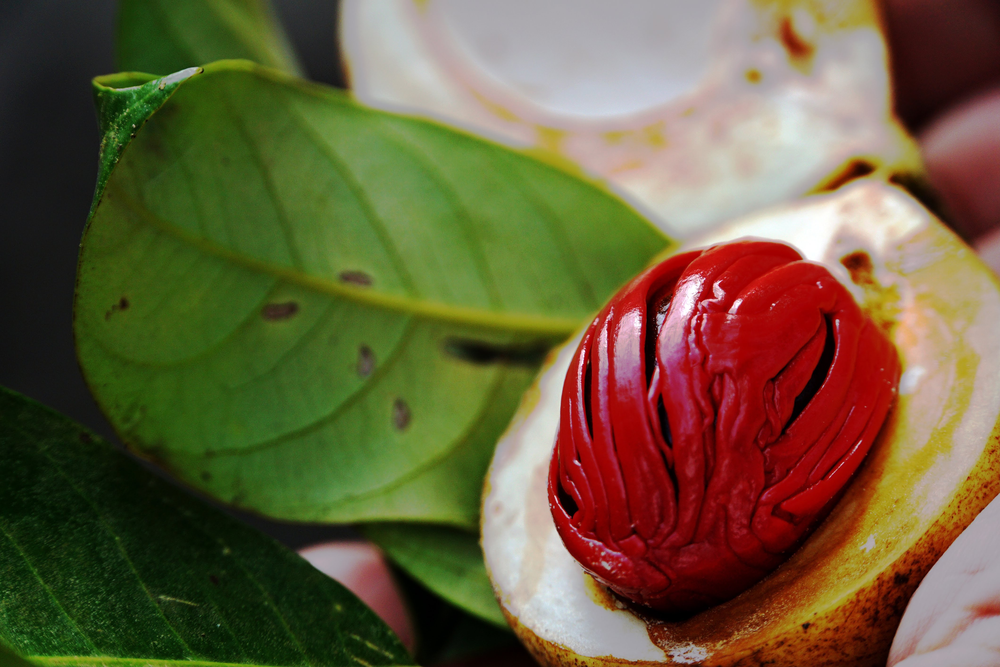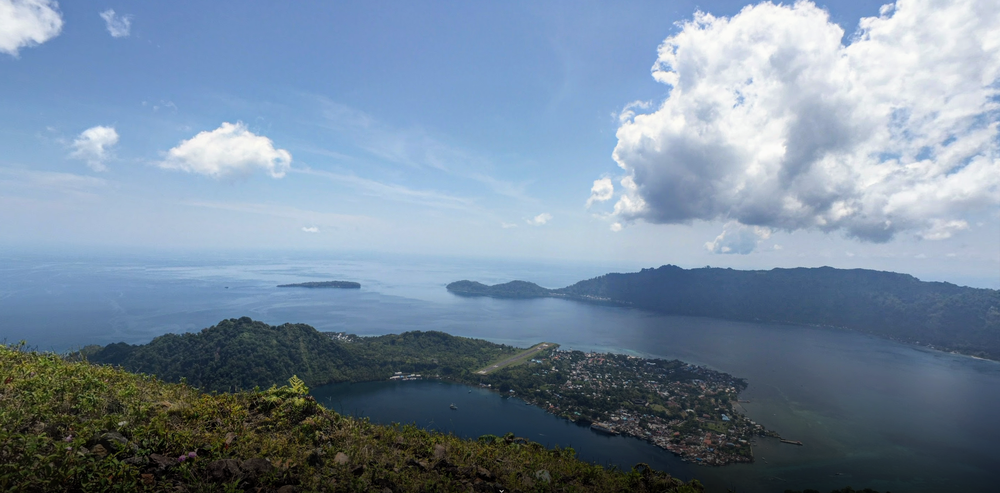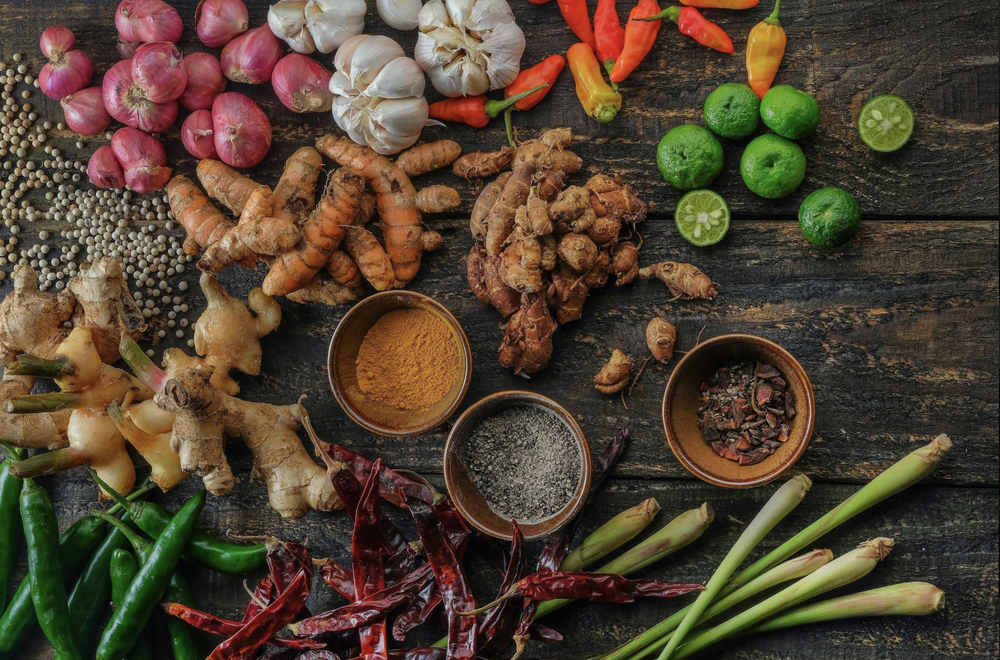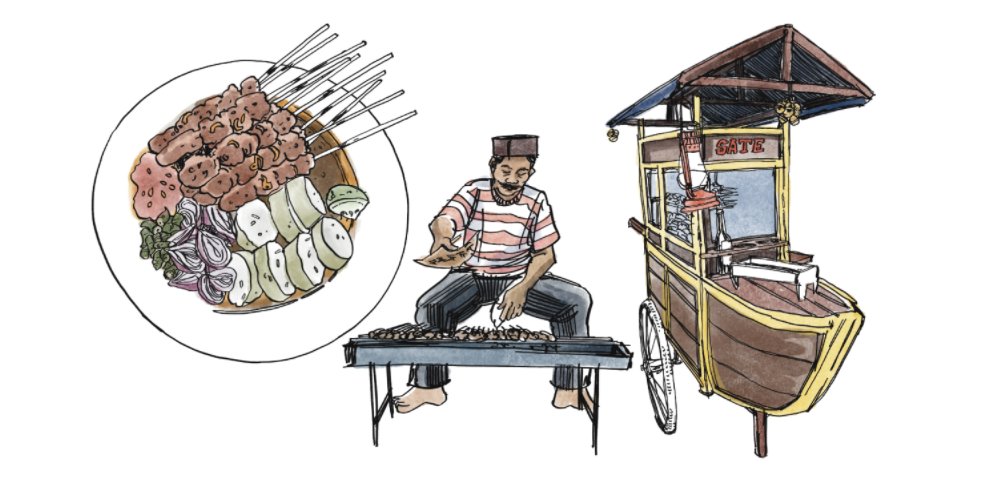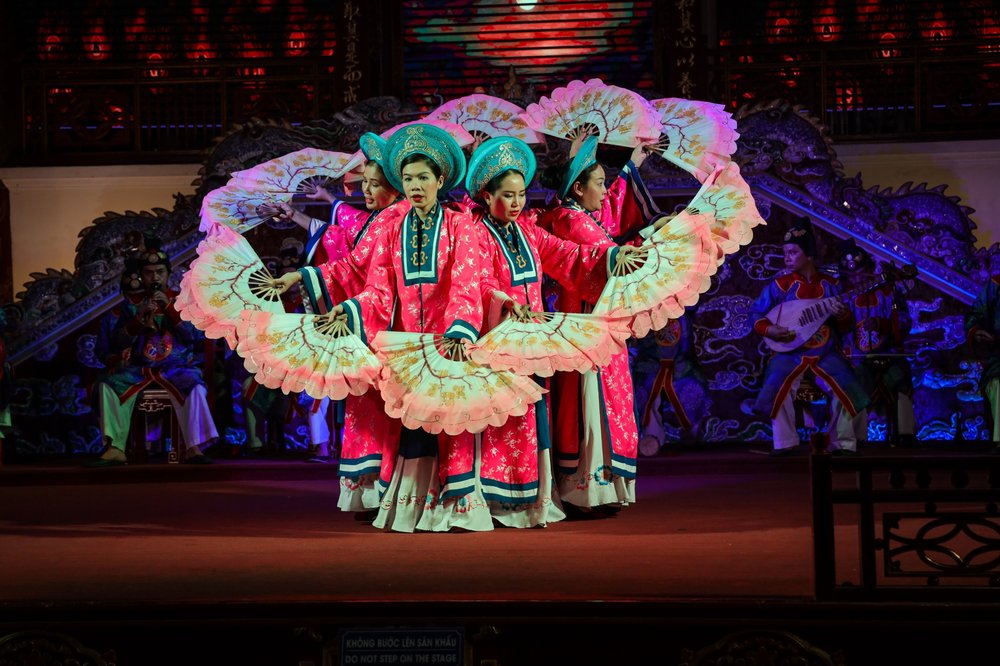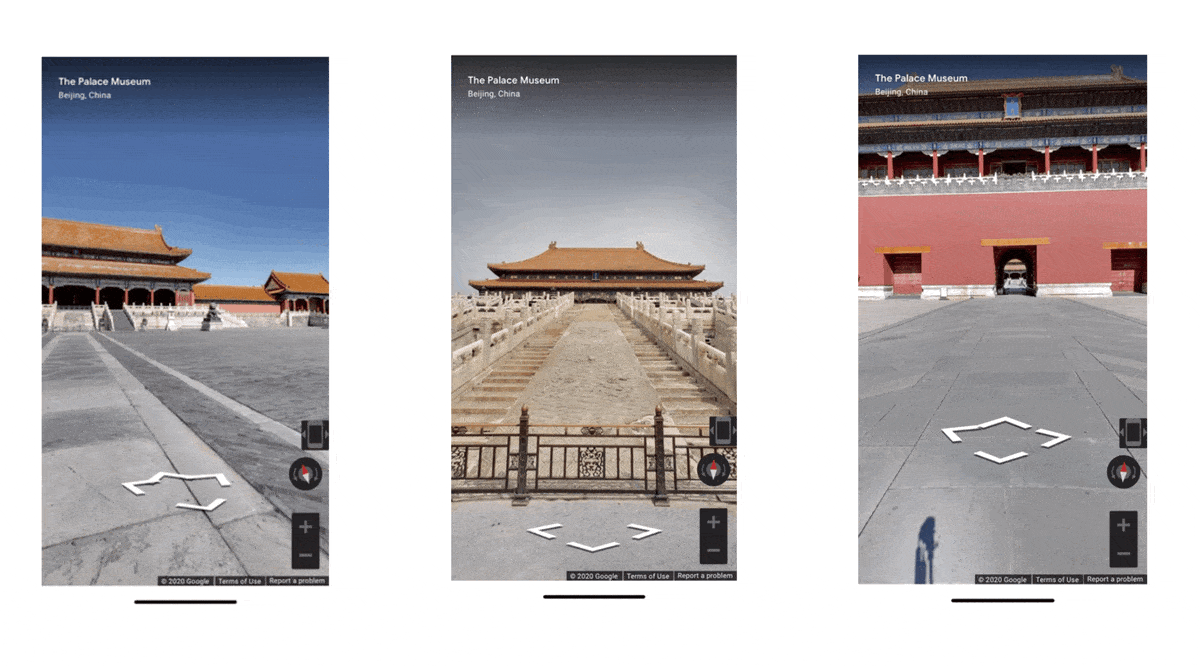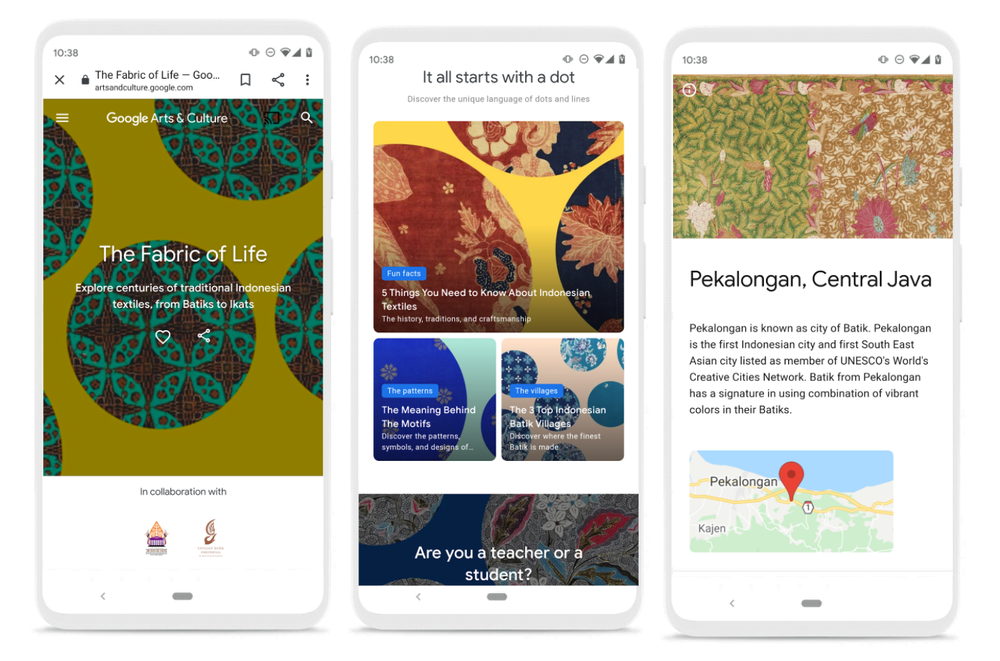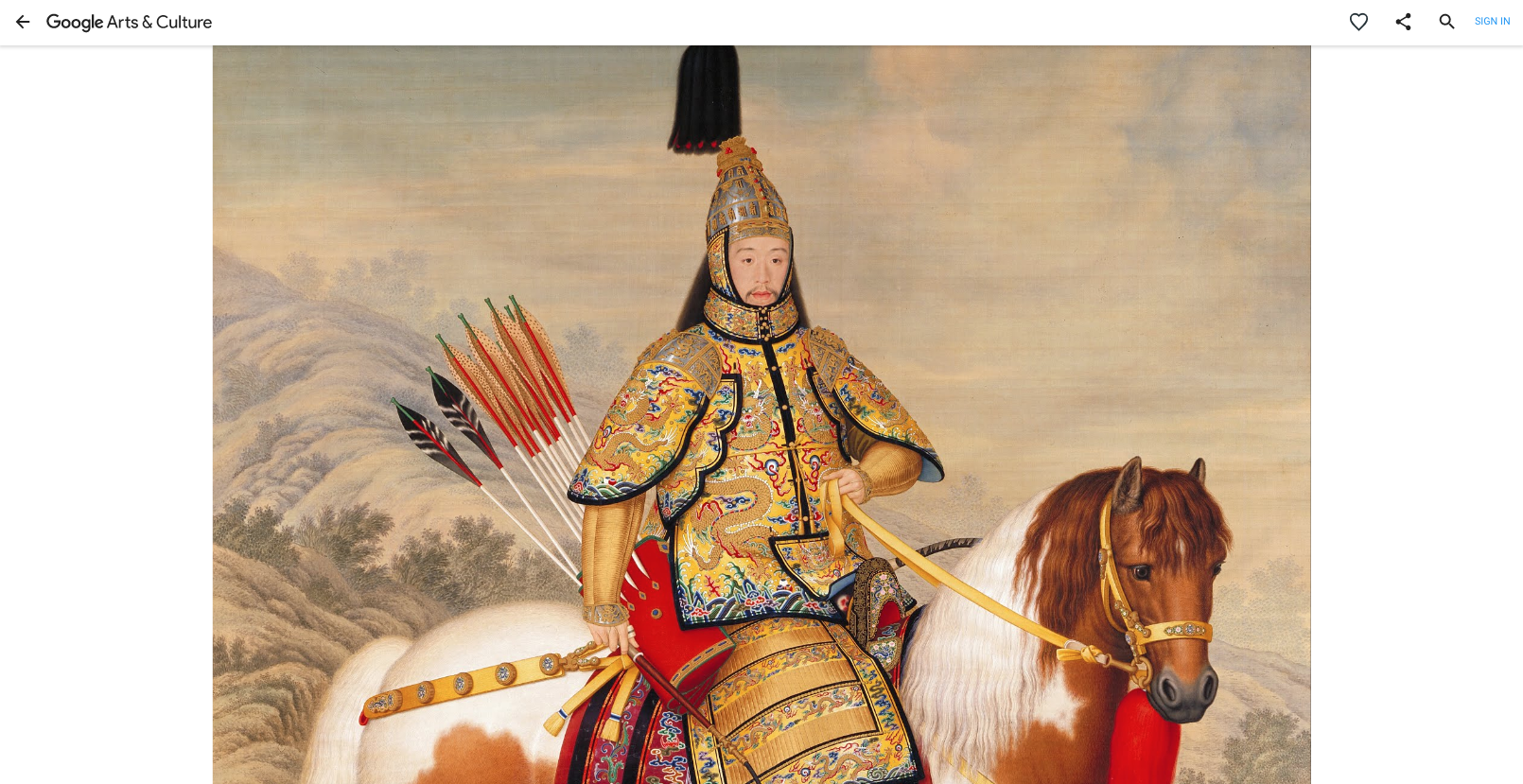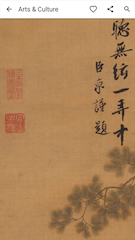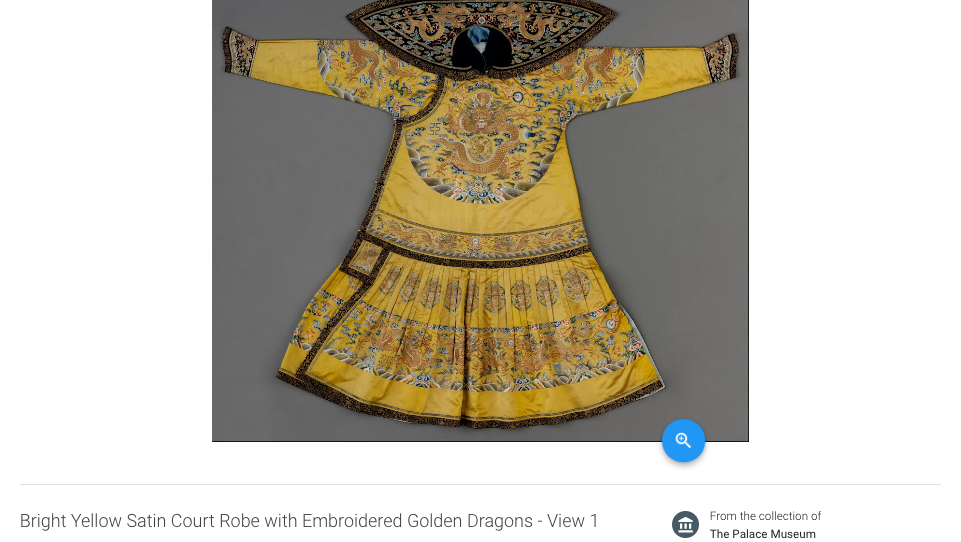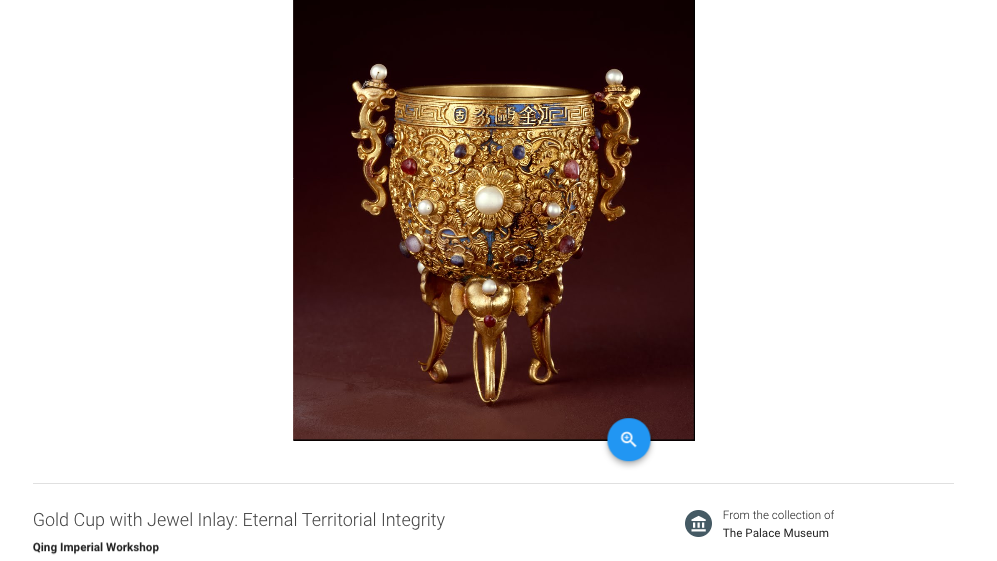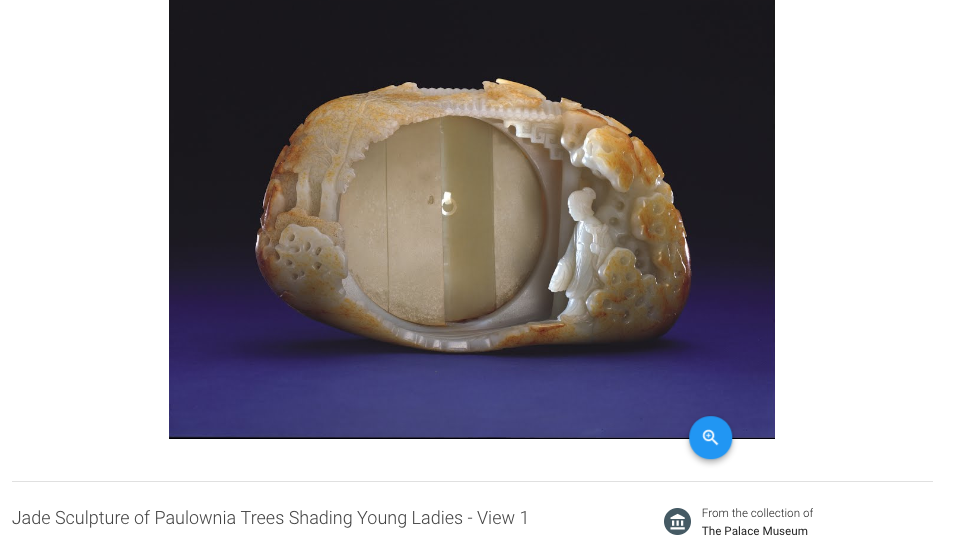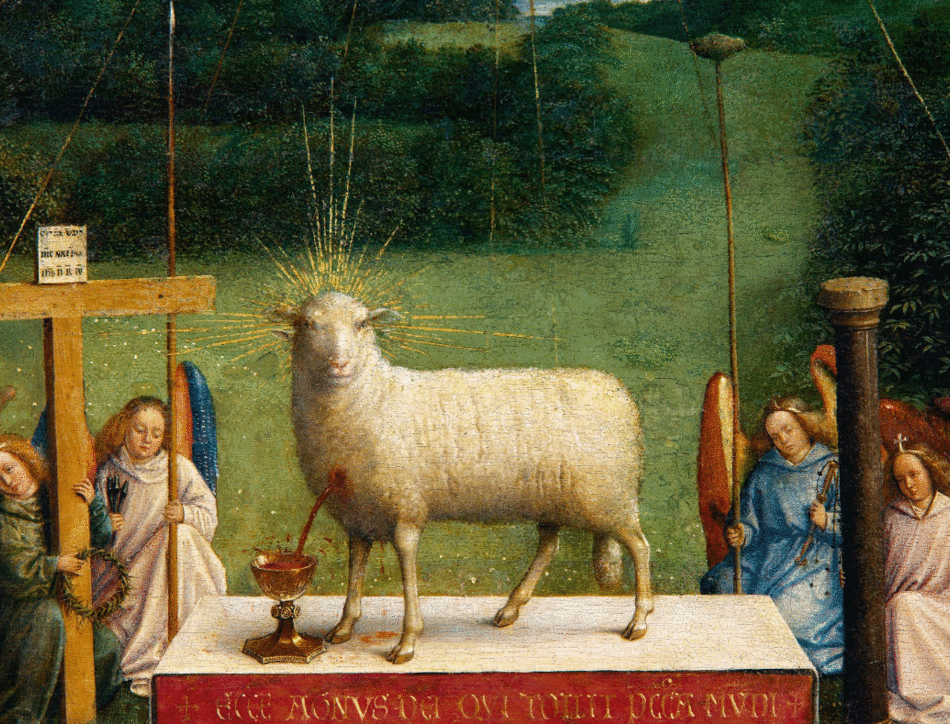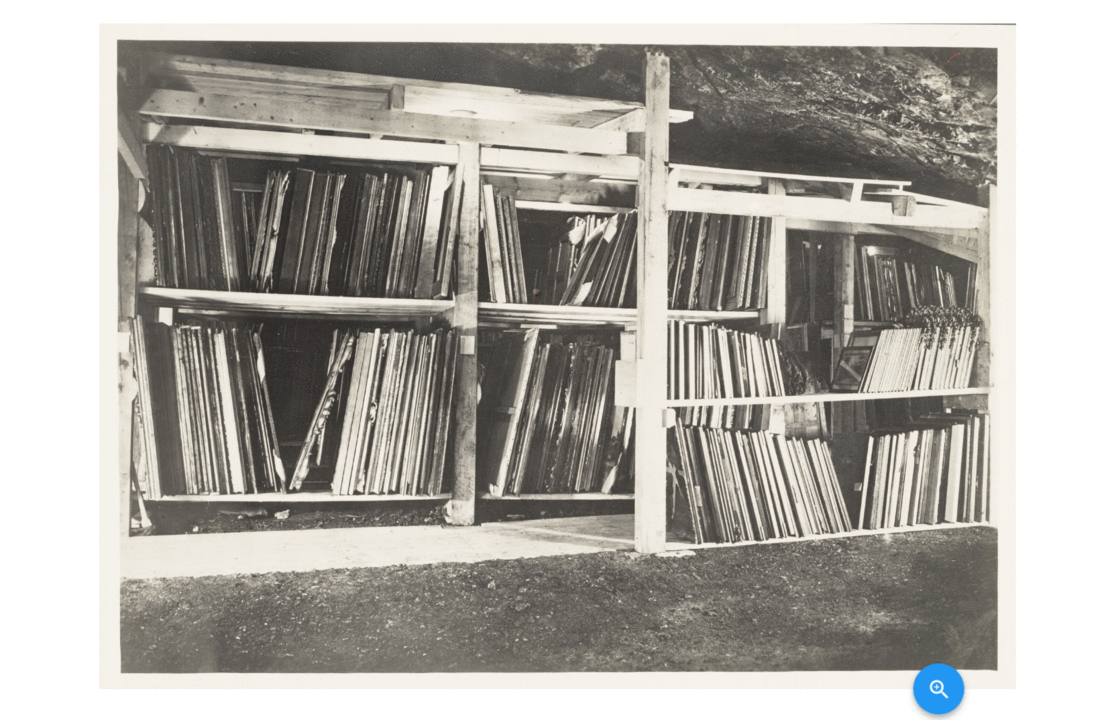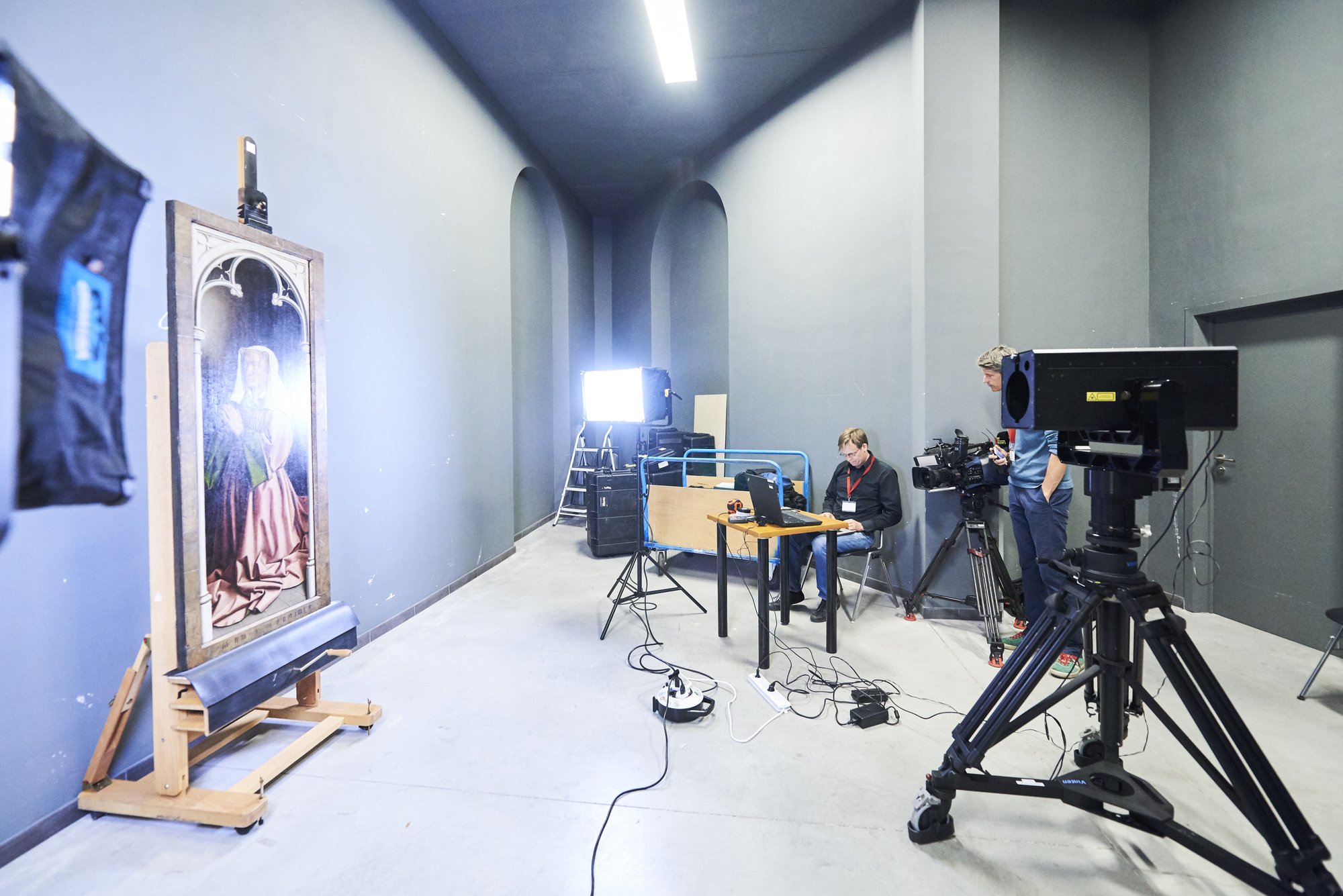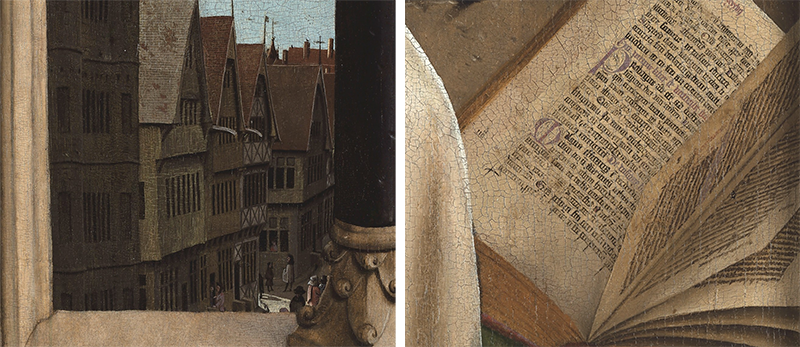With its beautiful beaches, lush green landscapes, fresh food and vibrant culture, travelers the world over have been enchanted by Vietnam. In fact, in 2019, Vietnam welcomed 18 million international guests and Da Nang was named the top trending destination for 2020.
Sadly, the pandemic has had severe implications for travel, and that is one reason we’re excited to share this new project. Before the pandemic, Google Arts & Culture partnered with Vietnam’s Ministry of Culture, Sports and Tourism, the Vietnam National Administration of Tourism, the local tourism boards of Da Nang, Quang Nam, Thua Thien Hue and Quang Binh and National Geographic award-winning photographer Tran Tuan Viet to capture the unique corners of Vietnam. The result is a project made more precious in today’s travel-restricted world: Wonders of Vietnam on Google Arts & Culture.
Featuring 35 stories and over 1,300 sumptuous photos of iconic sites, historical heritage, nature, cuisine and culture, the project is a unique way for us hungry travelers to virtually explore. The project is an important part of Google’s overall support of the local tourism industry, which has been badly affected by pandemic-related travel restrictions. By showcasing the wonders of Vietnam, specifically from the Central region, we hope to also raise awareness on preserving the sites affected by the recent floods.
Of course, nothing compares to experiencing the real thing in person. But while many of us aren’t able to do that, this is the next best thing. Here are my top 5 things to explore on a virtual visit to Vietnam on Google Arts & Culture:
 Our new online hub on Google Arts and Culture offers a peek into China’s vast culinary world. Imagine a food culture that has been evolving for thousands of years, with …
Our new online hub on Google Arts and Culture offers a peek into China’s vast culinary world. Imagine a food culture that has been evolving for thousands of years, with …
 Our new online hub on Google Arts and Culture offers a peek into China’s vast culinary world. Imagine a food culture that has been evolving for thousands of years, with …
Our new online hub on Google Arts and Culture offers a peek into China’s vast culinary world. Imagine a food culture that has been evolving for thousands of years, with …


